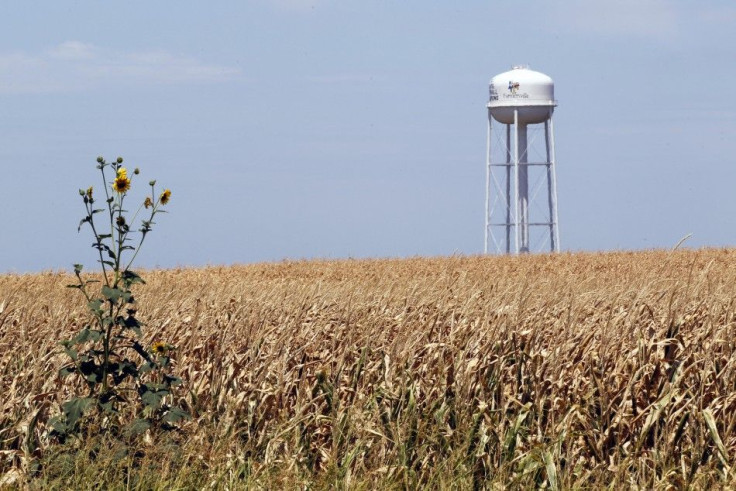Rain Helps Some Parched Kansas, Mississippi Areas, but Drought Continues

A band of showers has offered some relief to parched areas from Kansas to Mississippi, but the historic drought causing billions of dollars in losses in the South is showing no signs of abating soon.
Some parts of hard-hit Texas saw more rainfall in one day last week than they have seen all year. Still, much more would be needed to help that state, which has more than 90 percent of its land area suffering extreme or exceptional - the worst levels of drought.
No drought-busters are in sight at this time, said a report issued Thursday by a consortium of state and federal climatologists dubbed the U.S. Drought Monitor.
(Drought Monitor map: droughtmonitor.unl.edu/ )
In Texas, levels of extreme and exceptional drought totaled 92.78 percent of the state, down from 94.27 percent a week ago, the Drought Monitor reported.
Arizona saw some relief as well, with exceptional drought dropping to 42.39 percent of the state from 47.30 percent.
But Oklahoma saw the worst level of exceptional spread to 66.84 percent of the state from 64.70 percent.
Louisiana also saw exceptional levels of drought spread, to 28.19 percent of the state from 27.25 percent.
The deadly drought and triple-digit temperatures have broken numerous records, left the southern Plains and Mississippi Valley struggling to meet demand for power and water, and caused billions of dollars in damage to crops and livestock.
Texas officials said this week that agricultural losses due to the historic drought will likely total an estimated $5.2 billion, making it the most destructive drought in the state's history.
The losses include more than $2 billion in livestock, $1.8 billion in cotton, and more than $1 billion in other crops including hay, corn, wheat and sorghum.
Scorching heat and dry conditions are forecast in the near term.
The 12 months that ended July 31 were the driest in Texas history, and 2011 is on the verge of becoming the driest calendar year since records were first kept in the late 19th century, State Climatologist John Nielson-Gammon said.
Weather experts attribute the drought to last year's La Nina, the weather anomaly which is typically followed by about a 10 percent drop in precipitation.
© Copyright Thomson Reuters 2024. All rights reserved.











